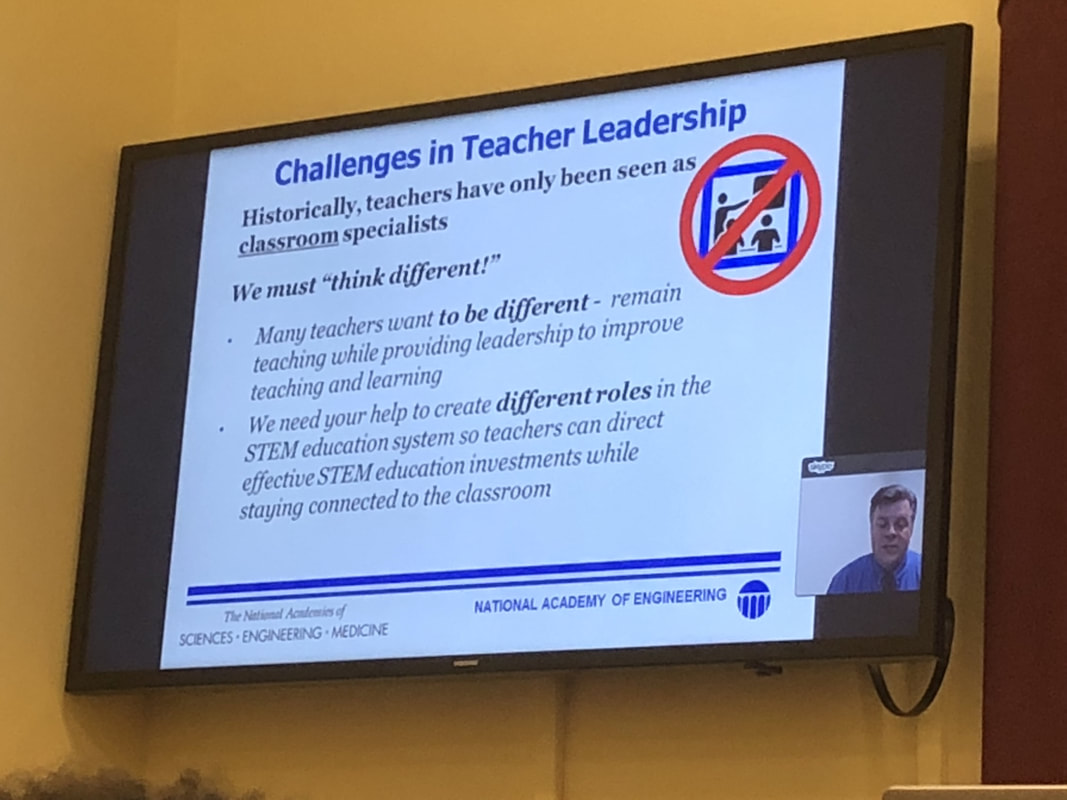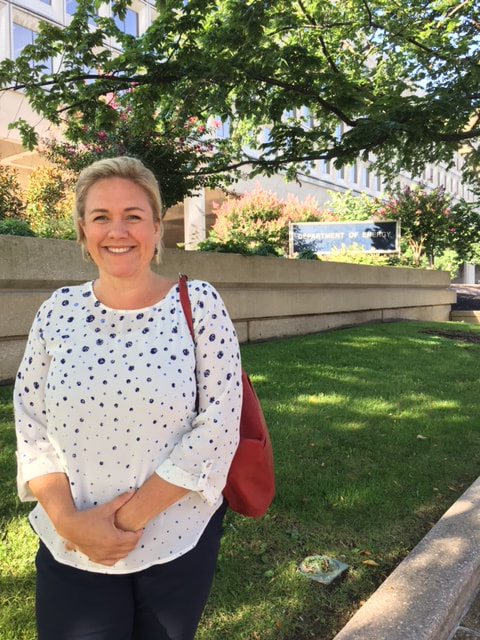When Kouzes and Posner (2010) asked different people to identify their most important leader role models, teachers were second only to parents. I’m winding up my fellowship year and have already begun to kick into high gear my planning for the school year. In addition to my work as a classroom teacher, I have various teacher leadership roles within my school, district and state. For example, I am a facilitator/coach for a Critical Friends Group, I lead full staff professional development, I am on a teacher advisory board for the University of Washington College of Education and I prepare and present modules for teachers new to the profession. For me, my work beyond the classroom is not about career advancement and opportunity, it’s about service. A focus of my professional development this year was learning about the many facets of teacher leadership. I’ve read books, attended discussions and learned more about my own leadership style. Teacher leadership can come in many forms (instructional leaders, organizational leaders, professional leaders), however in general, teacher leadership can be defined as, “the process by which teachers influence their colleagues, principals and school communities to improve teaching and learning practices with the aim of increased student learning and achievement,” (York-Barr and Duke, 2004). Schools and districts are organizational systems made up of many interacting, interrelated and interdependent components. Taking a systems-thinking approach to education means understanding that change is complex and affected by many things simultaneously. It also means that we all, including teachers, must have input to avoid what can be chaotic and frustrating shifts in school priorities and climate. My time as an Einstein Fellow has reminded me that teachers MUST have important leadership roles throughout the education system. Every teacher, at all stages of the professional continuum, has both the opportunity and obligation to be a leader. School boards, principals and teacher colleagues need to encourage, empower and create space for teacher leadership within the school system and beyond. One way teachers should have leadership opportunity is through the making (or revising) of educational policy. Repeatedly this year, I’ve attended policy discussions for which teachers are the intended implementers of some education reform initiatives, but for which there has typically been little teacher input on the content or scope of the reforms. Earlier in the year, I attended an event on Capitol Hill that highlighted the results of a recent convocation at the National Academies of Science, Engineering and Medicine that explored teachers’ roles in advancing K12 engineering education. The National Academies report illustrated the lack of teacher voice in policy making: “As is often the case with K-12 education reform, many of the policies and practices have not been fully or, in some cases, even marginally, informed by the knowledge of practicing teachers.” As a result, there was a call for increasing the roles and significance of teachers in policymaking for K-12 [engineering] education.
Teachers are typically not policymakers, but we do possess the knowledge and experience that can contribute to the development of effective policies. I know many, many teachers who have the cognizance, confidence and aspiration to have input and be heard. The limitation to including teacher voice in policy making is not teacher ability, want or desire. Rather, the limitations are opportunity, time and money. Opportunity: teachers need to be invited to “the table” and when present, teacher input must be valued and respected. Time: teachers need to be given the time away from the classroom, guilt-free, to participate in the discussion. Money: teachers need to be compensated for our expertise. Hmmm…. A recipe for teacher leadership success = Opportunity + Time + Money. Seems like a perfect summary of my time in the Albert Einstein Distinguished Educator Fellowship. |
Archives
July 2018
|
I give many of my IB Biology resources away, for the benefit of students and teachers around the world.
If you've found the materials helpful, please consider making a contribution of any amount
to this Earthwatch Expedition Fund.
Did I forget something? Know of a mistake? Have a suggestion? Let me know by emailing me here.
Before using any of the files available on this site,
please familiarize yourself with the Creative Commons Attribution License.
It prohibits the use of any material on this site for commercial purposes of any kind.
If you've found the materials helpful, please consider making a contribution of any amount
to this Earthwatch Expedition Fund.
Did I forget something? Know of a mistake? Have a suggestion? Let me know by emailing me here.
Before using any of the files available on this site,
please familiarize yourself with the Creative Commons Attribution License.
It prohibits the use of any material on this site for commercial purposes of any kind.


